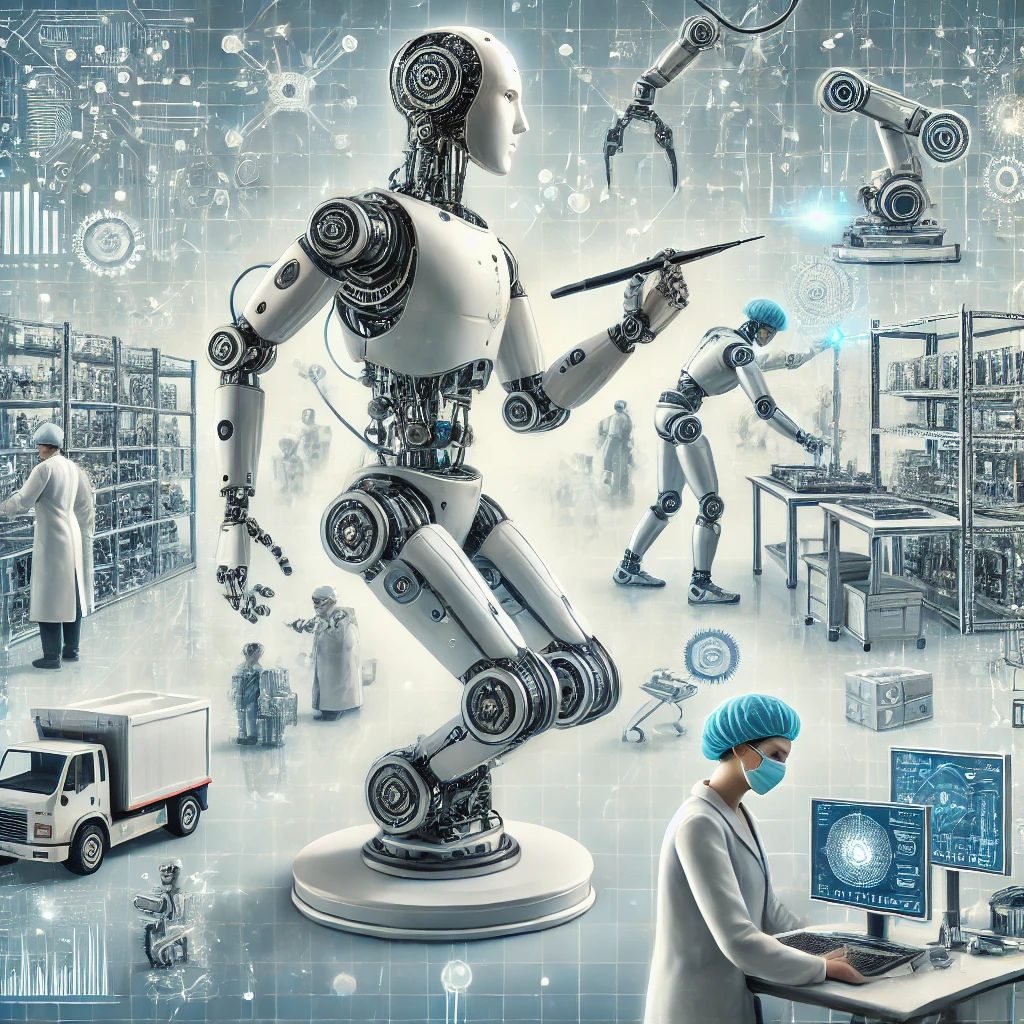
Transforming Business Processes with Robotic Automation
Robotic automation involves using robots and automated systems to perform tasks traditionally handled by human workers. These tasks can range from simple, repetitive activities to complex operations requiring high precision. Robotic automation integrates hardware and software to create intelligent systems capable of learning, adapting, and performing tasks autonomously.
